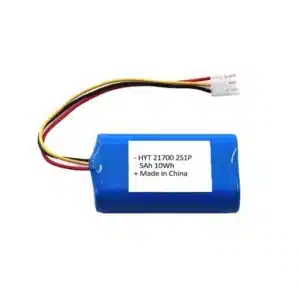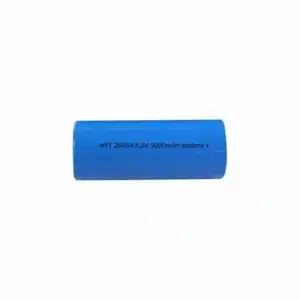Flashlight Batteries
Flashlight batteries are the key component that provides power to flashlights, enabling them to emit light. Common types of flashlight batteries include button batteries, alkaline batteries, 3.7V lithium batteries, and 9V lithium batteries, each with its own advantages.
We mainly produce button batteries and 3.7V lithium batteries, including 3.7V polymer batteries and 3.7V 18650 batteries with Type-C output.
As a lithium battery factory, we welcome you to discuss your flashlight battery solutions with us in detail.
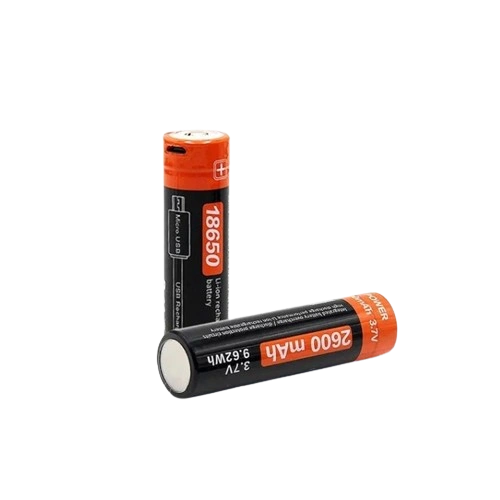
Coin Battery
Various small sizes, capacity from 25mAh to 1100mAh.
3.7V Polymer Battery
Mainly suitable for headlamps, miner's lamps, and other devices needing high capacity and rectangular size.
AA battery flashlight
Used in handheld flashlights, high capacity.
18650 battery flashlight
Affordable, safe to use.
large flashlight battery Product
We specialize in manufacturing a variety of polymer, 18650, and coin-cell batteries primarily for flashlights. When selecting a battery for your flashlight, factors such as battery compartment size, battery life, rechargeability, and operating environment should be considered. Contact us today to choose the best 18650 battery for your specific flashlight needs, or discuss custom battery solutions tailored to your requirements.
- 18650 Battery Pack Products
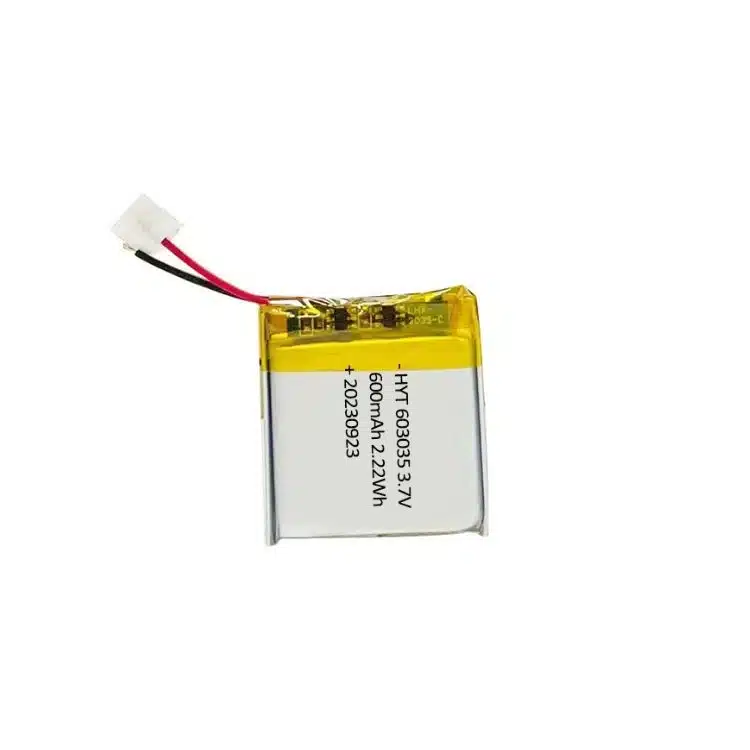
603035 3.7V 600mAh Battery
Nominal voltage: 3.7V
Nominal capacity: 600mAh
Rated energy: 2.22Wh
Thickness: ≤6.0mm
Widness: ≤30.0mm
Length: ≤35.0mm
Internal resistance: ≤75mΩ
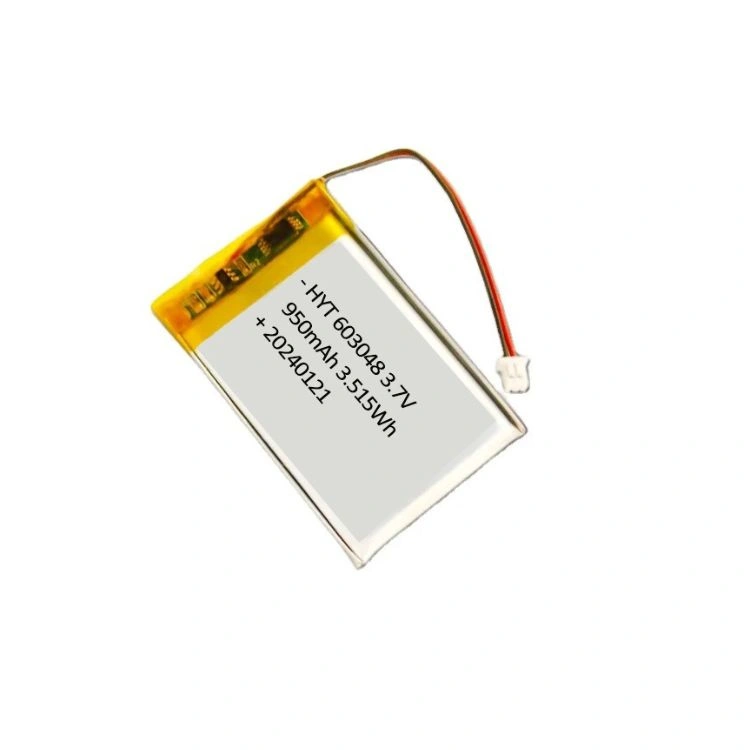
603048 3.7V 950mAh Battery
Nominal voltage: 3.7V
Nominal capacity: 950mAh
Rated energy: 3.515Wh
Thickness: ≤6.0mm
Widness: ≤30.0mm
Length: ≤48.0mm
Internal resistance: ≤60mΩ
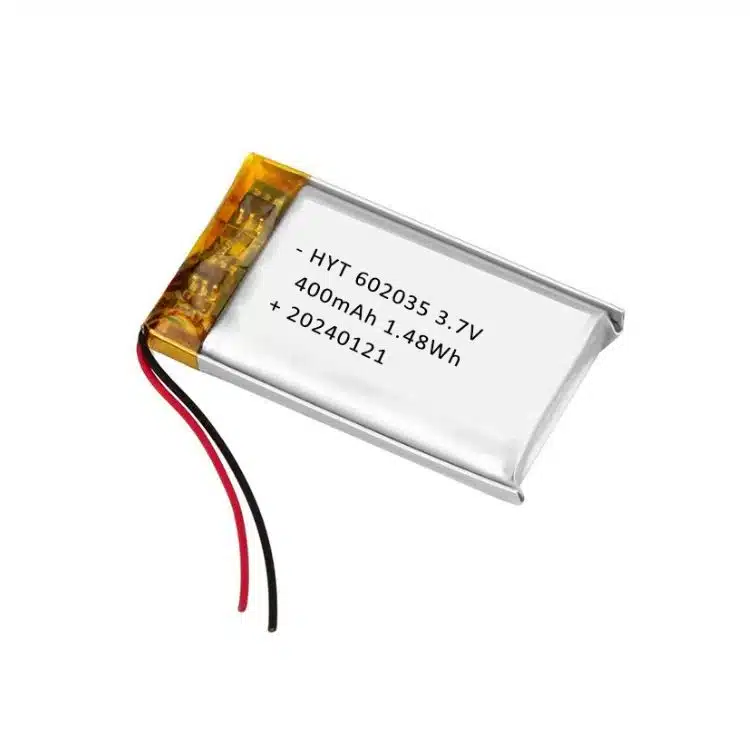
602035 3.7V 400mAh Battery
Nominal voltage: 3.7V
Nominal capacity: 400mAh
Rated energy: 1.48Wh
Thickness: ≤6.0mm
Widness: ≤20.0mm
Length: ≤35.0mm
Internal resistance: ≤100mΩ
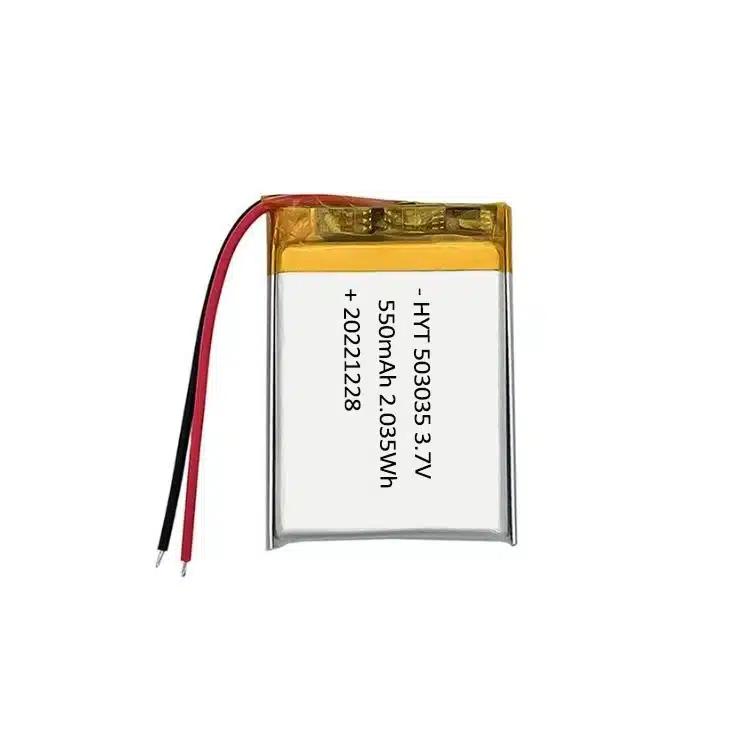
503035 3.7V 550mAh Battery
Nominal voltage: 3.7V
Nominal capacity: 550mAh
Rated energy: 2.035Wh
Thickness: ≤5.0mm
Widness: ≤30.0mm
Length: ≤35.0mm
Internal resistance: ≤80mΩ
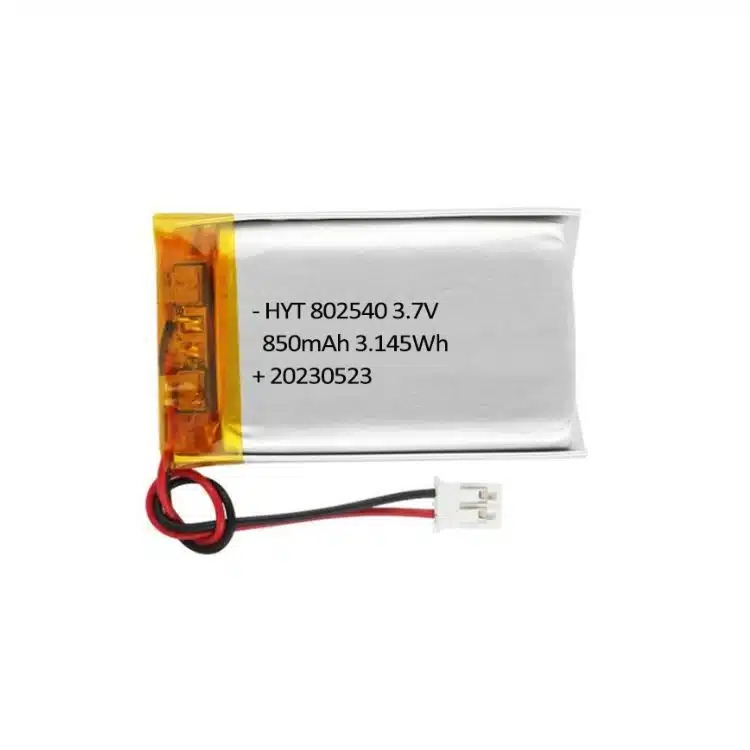
802540 3.7V 850mAh Battery
Nominal voltage: 3.7V
Nominal capacity: 850mAh
Rated energy: 3.145Wh
Thickness: ≤8.0mm
Widness: ≤25.0mm
Length: ≤40.0mm
Internal resistance: ≤70mΩ
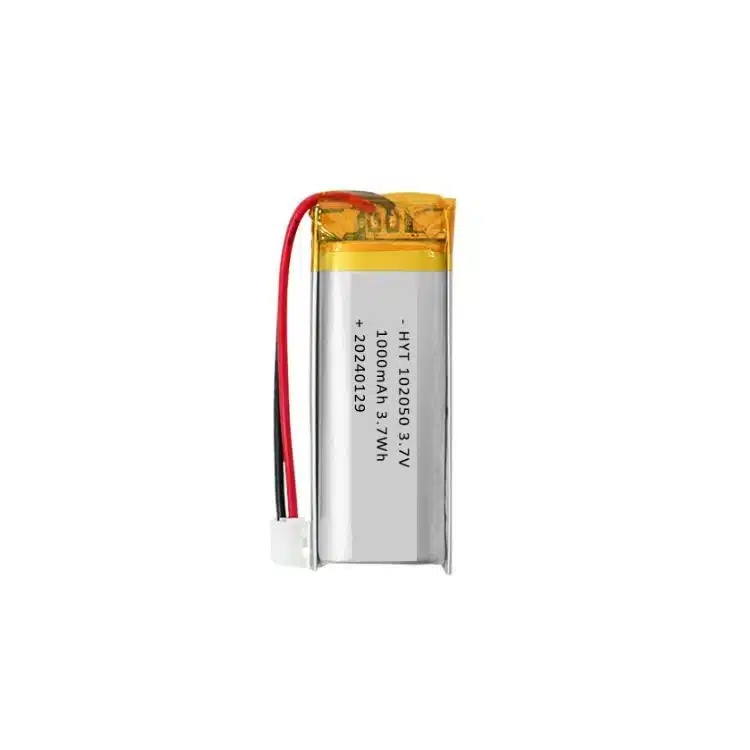
605080 3.7V 3000mAh Battery
Nominal voltage: 3.7V
Nominal capacity: 3000mAh
Rated energy: 11.1Wh
Thickness: ≤6.0mm
Widness: ≤50.0mm
Length: ≤80.0mm
Internal resistance: ≤60mΩ
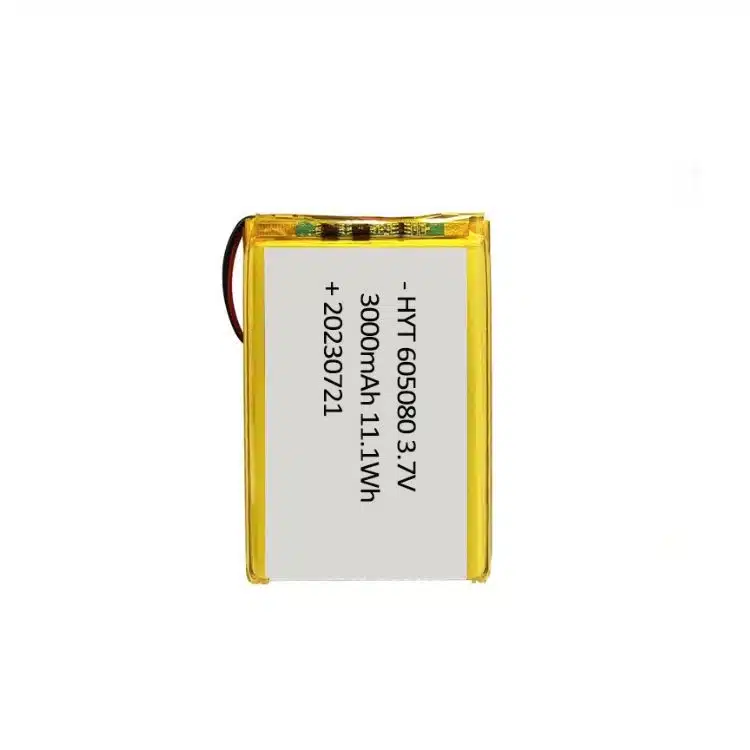
102050 3.7V 1000mAh Battery
Nominal voltage: 3.7V
Nominal capacity: 1000mAh
Rated energy: 3.7Wh
Thickness: ≤10.0mm
Widness: ≤20.0mm
Length: ≤50.0mm
Internal resistance: ≤70mΩ
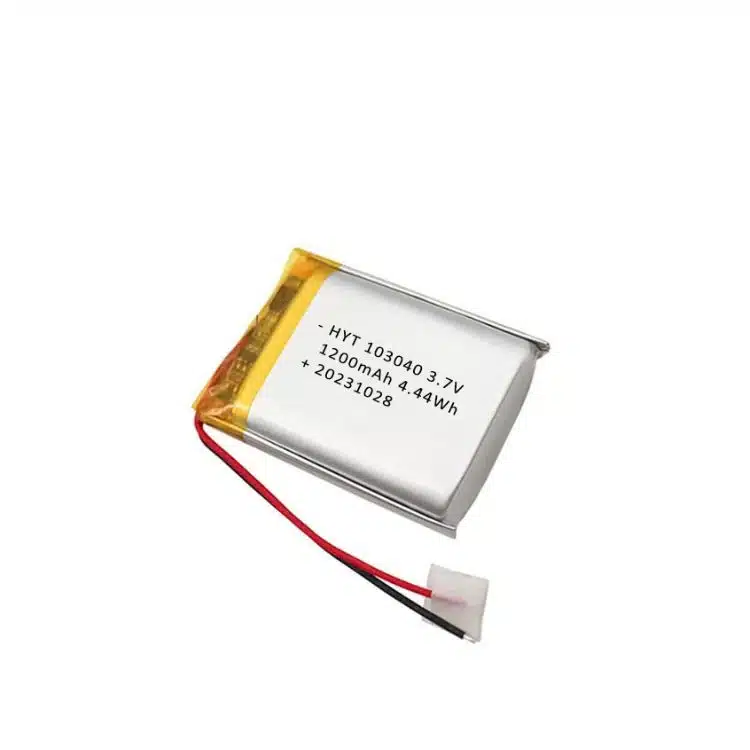
103040 3.7V 1200mAh Battery
Nominal voltage: 3.7V
Nominal capacity: 1200mAh
Rated energy: 4.44Wh
Thickness: ≤10.0mm
Widness: ≤30.0mm
Length: ≤40.0mm
Internal resistance: ≤60mΩ
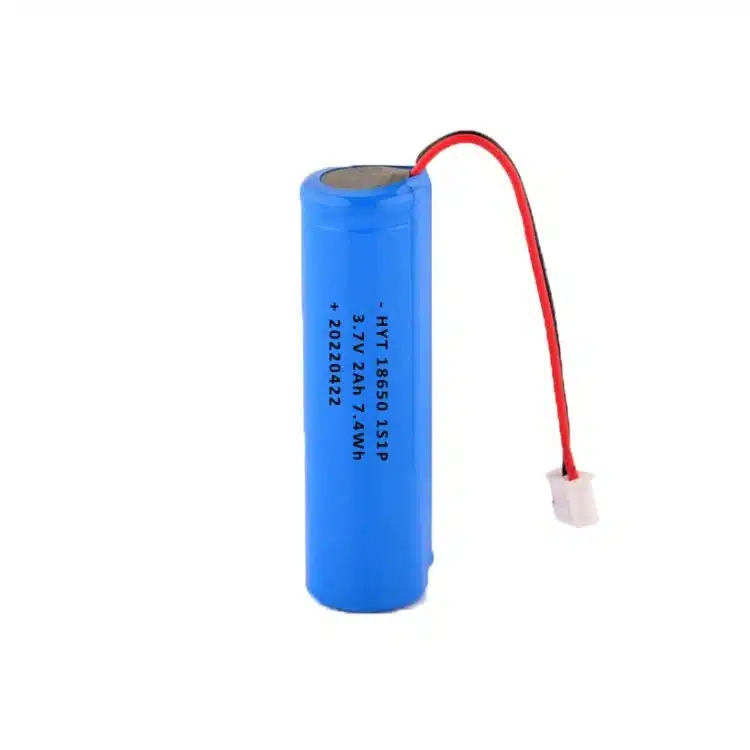
18650 1S1P 3.7V 2Ah Battery
Nominal voltage: 3.7V
Nominal capacity: 2000mAh
Rated energy: 7.4Wh
Charge current: 3.0C rate
Discharge current: 1.0C rate
Diameter: ≤19mm
Length: ≤68.0mm

18650 1S1P 3.7V 1800mAh Battery
Nominal voltage: 3.7V
Nominal capacity: 1800mAh
Rated energy: 6.66Wh
Charge current: 1.0C rate
Discharge current: 1.0C rate
Diameter: ≤19.0mm
Length: ≤68.0mm
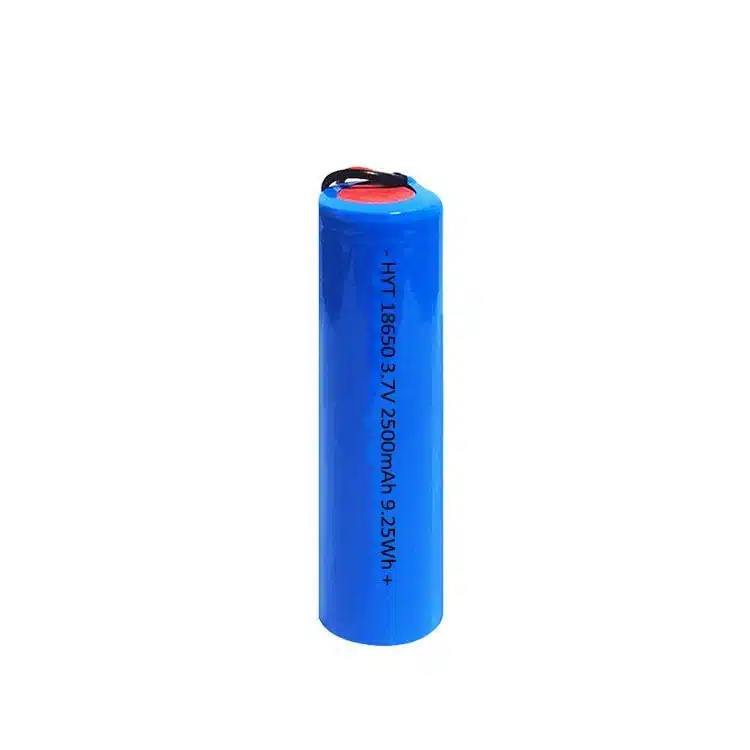
18650 1S1P 3.7V 2500mAh Battery
Nominal voltage: 3.7V
Nominal capacity: 2500mAh
Rated energy: 9.25Wh
Charge current: 2.0C rate
Discharge current: 1.0C rate
Diameter: ≤19.0mm
Length: ≤68.0mm
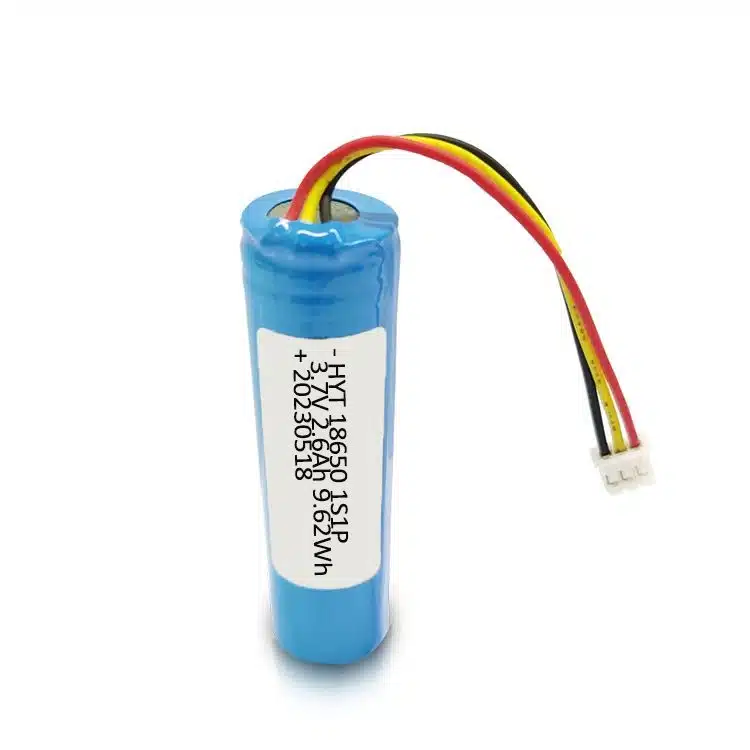
18650 1S1P 3.7V 2600mAh Battery
Nominal voltage: 3.7V
Nominal capacity: 2600mAh
Rated energy: 9.62Wh
Charge current: 1.0C rate
Discharge current: 3.0C rate
Diameter: ≤19.0mm
Length: ≤68.0mm
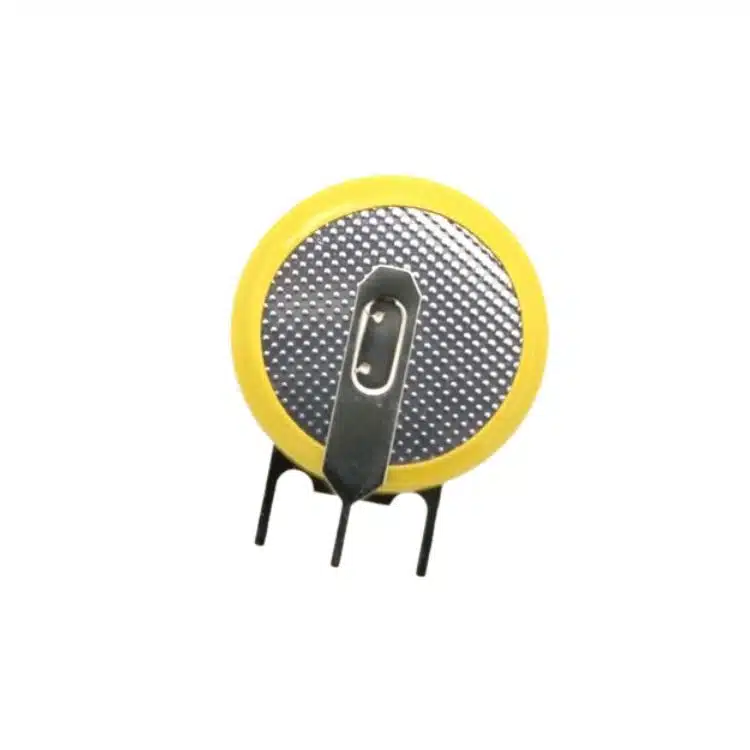
3V CR2032 Coin Cell Battery
Nominal voltage: 3V
Nominal capacity: 210mAh
Rated energy: 0.63Wh
Max Continue Current: 3mA
Weight: 3g
Size: 20.0*3.2mm
Temperature: -40~85℃
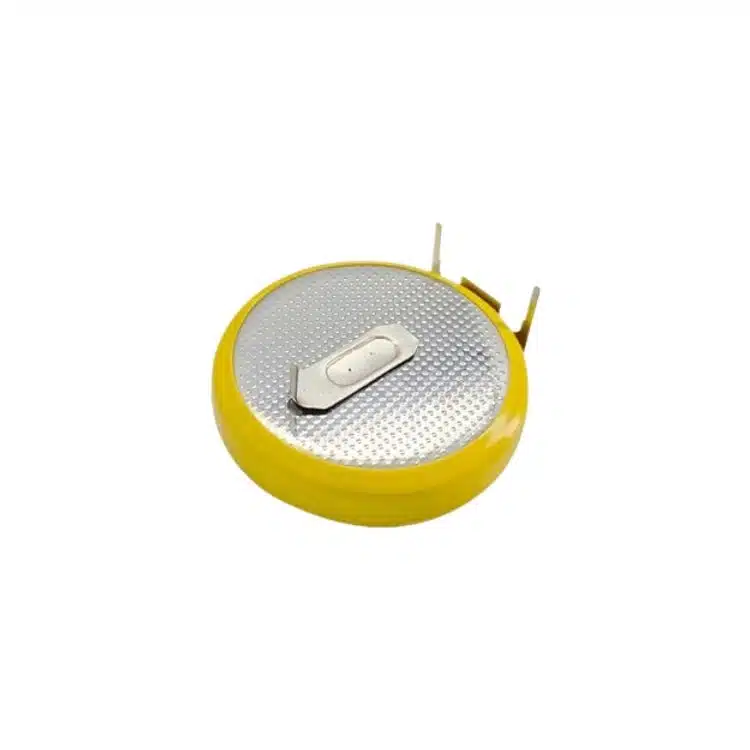
3V CR2450 Coin Cell Battery
Nominal voltage: 3V
Nominal capacity: 600mAh
Rated energy: 1.8Wh
Max Continue Current: 3mA
Weight: 6.4g
Size: 24.5*5.0mm
Temperature: -40~85℃

3V CR2025 Coin Battery
Nominal voltage: 3V
Nominal capacity: 150mAh
Rated energy: 0.45Wh
Max Continue Current: 3mA
Weight: 2.5g
Size: 20.0*2.5mm
Temperature: -40~85℃
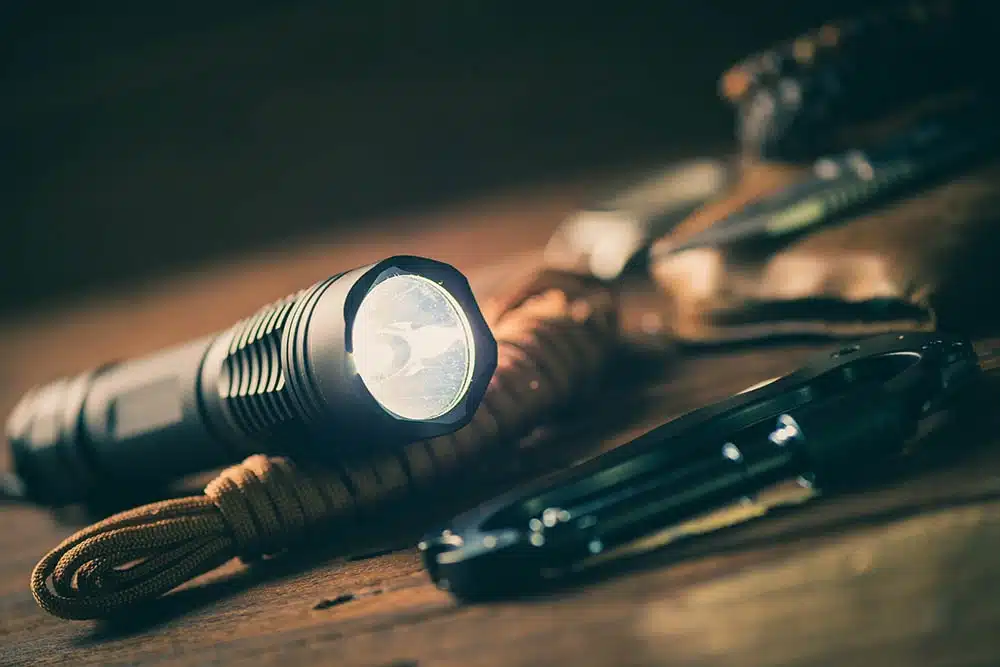
Features of rechargeable flashlight batteries
High Brightness Output: Rechargeable lithium batteries have a high energy density, providing higher brightness output for flashlights. Ideal for outdoor adventures, search and rescue, etc.
Long Battery Life: 18650 batteries typically have a capacity of 2200mAh to 3500mAh, and 21700 batteries have an even higher capacity. Using these batteries supports longer and stable operation times.
Cost-Effective: Compared to alkaline batteries, they are cheaper in the long run. Using lithium batteries can save replacement costs, as they can be used hundreds of times with a single charge.
Convenient Charging: Our rechargeable flashlights are equipped with USB-C or Micro-USB charging ports, making it easy for end customers to charge directly.
Comparison of AA Battery, 3.7V Polymer Battery, 3.7V 18650 Battery, and 3V Button Cell for Flashlights
When comparing AA batteries, 3.7V polymer batteries, 3.7V 18650 batteries, and 3V button batteries for flashlights, you can analyze the following aspects: battery type, performance, applicability, and pros and cons.
Performance Comparison:
AA Battery
- Advantages: Widely available, low cost.
- Disadvantages: Lower voltage, older flashlights, yellowish light.
- Advantages: Lightweight, suitable for small flashlights or headlamps.
- Disadvantages: Smaller capacity, limited runtime.
- Advantages: High energy density, suitable for high-performance flashlights.
- Disadvantages: Larger size, not suitable for small flashlights.
- Advantages: Small size, suitable for small flashlights.
- Disadvantages: Lower capacity, shorter runtime.
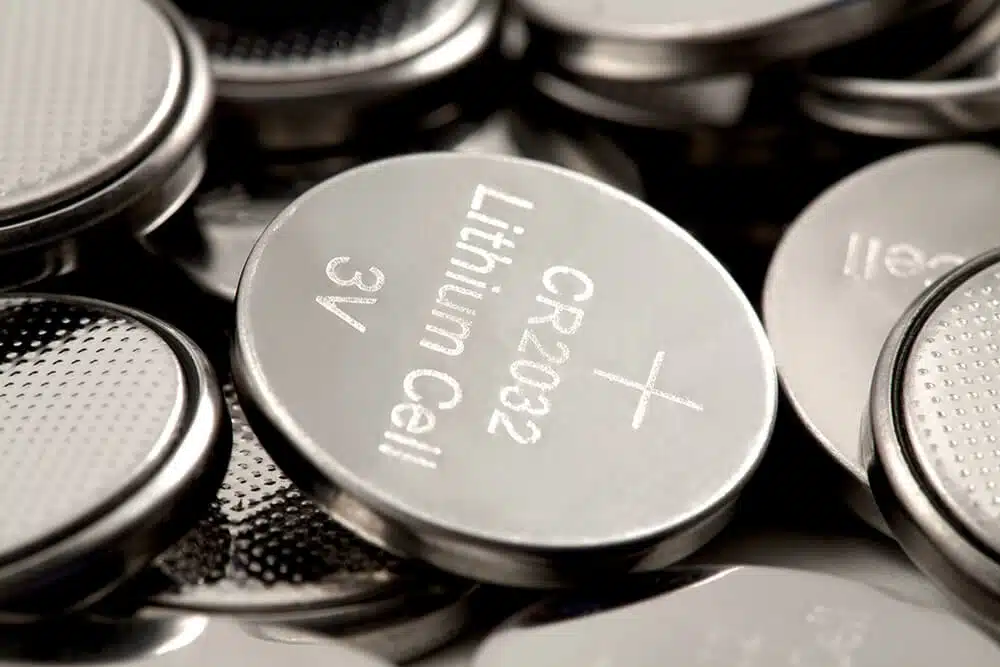
FAQs for flashlight and batteries
- Battery Removal: Carefully remove the corroded battery from the flashlight. If the battery is stuck, gently tap the flashlight to loosen it.
- Baking soda: If the corrosion is severe, sprinkle baking soda onto the affected areas to neutralize the acid.
Vinegar or lemon juice: Alternatively, pour vinegar onto the corroded areas. Allow it to sit for about half an hour to neutralize the corrosion. - Scrubbing Corrosion: Gently scrub the corroded areas using a toothbrush or cotton swab.
- Rinsing and Drying: Rinse: After scrubbing, thoroughly rinse the flashlight with clean water to remove any remaining vinegar or lemon juice.
Dry: Dry the flashlight with a paper towel or soft cloth. Allow it to air dry completely before reassembling and using.
Carrying Flashlights on a Plane
Flashlights:
- Carry-on: Flashlights can be placed in your carry-on luggage, but they must be less than 7 inches long and cannot have tactical features or sharp edges.
- Checked baggage: Flashlights of any size can be placed in your checked baggage.
Batteries:
- Lithium batteries: Lithium batteries must be carried on your person and cannot be placed in checked baggage. This is because if a lithium battery is damaged or short-circuits, it can cause a fire.
- Other batteries: Alkaline batteries such as AA, AAA, C, and D can be placed in either your carry-on or checked baggage.
Specific requirements for lithium batteries:
- Capacity limit: Lithium-ion batteries cannot exceed 100 watt-hours (Wh). Of course, flashlight batteries are unlikely to be this large.
1. Turning on the Flashlight
- Unscrew the tail cap: Most flashlights have a tail cap that can be twisted to open the battery compartment. Turn the tail cap counterclockwise until it comes off the flashlight body. If there are already batteries in the flashlight, they may fall out.
2. Inserting New Batteries
- Identify polarity: Batteries have a positive (+) and negative (-) end. The positive end is usually a small bump on the top of the battery, while the negative end is flat.
- Insert batteries: For single-cell batteries. If it's a polymer battery or an 18650 battery with a protection board, you'll need a soldering iron to solder the positive and negative terminals.
3. Turning off the Flashlight
- Tighten the tail cap or front cap: Turn the tail cap or front cap clockwise until it's securely fastened.
- Check function: Turn on the flashlight switch to ensure it's working properly.

